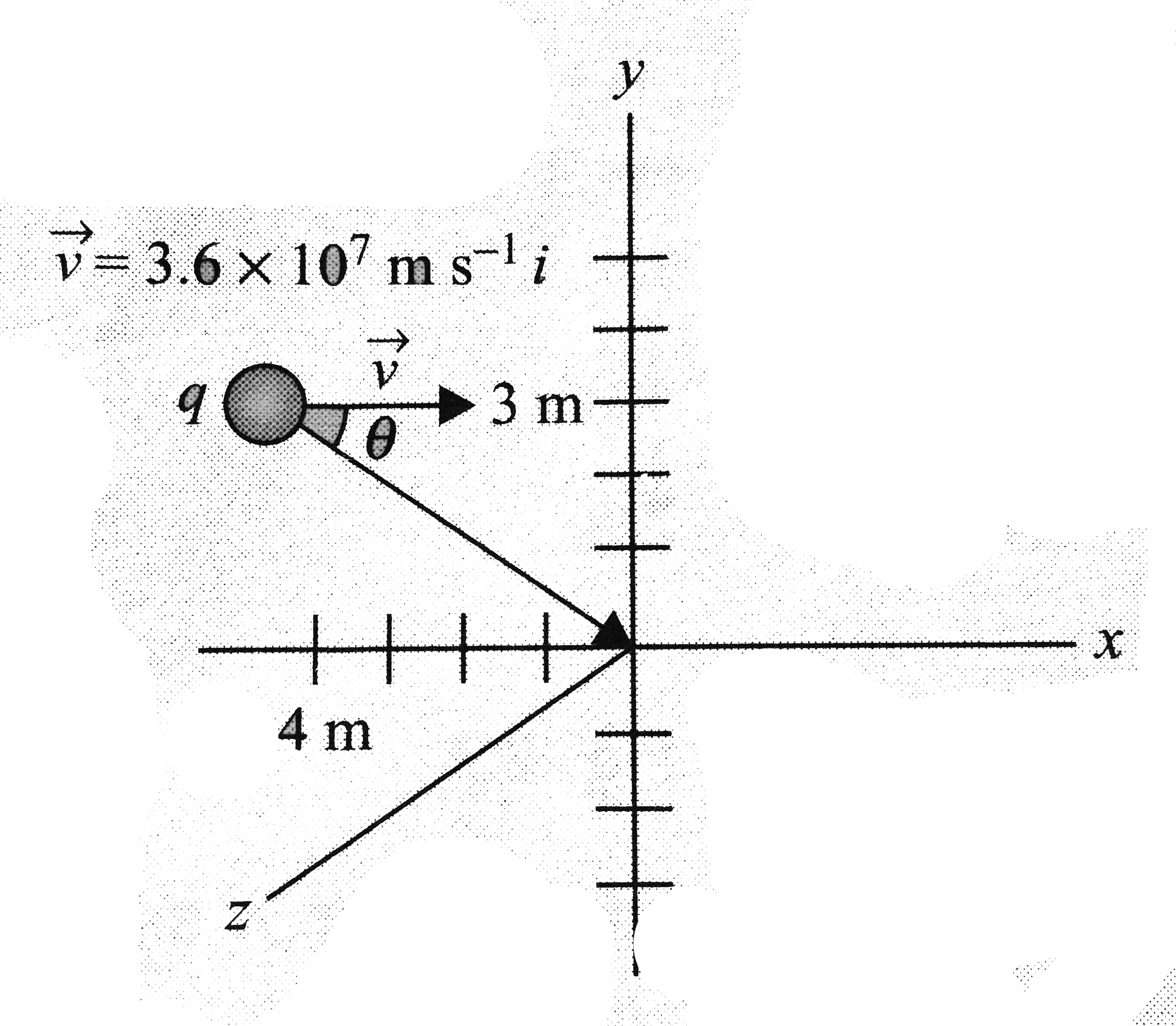Find the area of the region bounded by the curve y=x2−2x, the x-axis and the lines x=1andx=−1
To find the area of the region bounded by the curve y=x2−2x, the x-axis, and the lines x=1 and x=−1, we will follow these steps:
Step 1: Identify the function and the limits of integration
The function given is y=x2−2x. The limits of integration are from x=−1 to x=1.
Step 2: Set up the integral for the area
The area A between the curve and the x-axis can be calculated using the definite integral:
A=∫1−1(x2−2x)dx
Step 3: Calculate the integral
Now, we will compute the integral:
A=∫1−1(x2−2x)dx
First, we find the antiderivative of x2−2x:
∫(x2−2x)dx=x33−x2+C
Step 4: Evaluate the definite integral
Now we evaluate the definite integral from −1 to 1:
A=(x33−x2)1−1
Calculating at the upper limit x=1:
(133−12)=(13−1)=13−33=−23
Calculating at the lower limit x=−1:
((−1)33−(−1)2)=(−13−1)=−13−33=−43
Step 5: Subtract the results
Now, we subtract the lower limit result from the upper limit result:
A=(−23)−(−43)=−23+43=23
Step 6: Final result
Since area is always positive, the area of the region bounded by the curve, the x-axis, and the lines x=1 and x=−1 is:
Area=23 square units
The function given is y=x2−2x. The limits of integration are from x=−1 to x=1.
The area A between the curve and the x-axis can be calculated using the definite integral:
A=∫1−1(x2−2x)dx
Now, we will compute the integral:
A=∫1−1(x2−2x)dx
∫(x2−2x)dx=x33−x2+C
Now we evaluate the definite integral from −1 to 1:
A=(x33−x2)1−1
(133−12)=(13−1)=13−33=−23
((−1)33−(−1)2)=(−13−1)=−13−33=−43
Now, we subtract the lower limit result from the upper limit result:
A=(−23)−(−43)=−23+43=23
Since area is always positive, the area of the region bounded by the curve, the x-axis, and the lines x=1 and x=−1 is:
Area=23 square units
Topper's Solved these Questions
- SELF ASSESSMENT PAPER 1BOOK - ICSECHAPTER - SELF ASSESSMENT PAPER 1EXERCISE - Section -C
9 Videos
- SELF ASSESSMENT PAPER 1BOOK - ICSECHAPTER - SELF ASSESSMENT PAPER 1EXERCISE - Section -C
9 Videos
- SELF ASSESSMENT PAPER 06BOOK - ICSECHAPTER - SELF ASSESSMENT PAPER 06EXERCISE - Section .C.
11 Videos
- SELF ASSESSMENT PAPER 10BOOK - ICSECHAPTER - SELF ASSESSMENT PAPER 10EXERCISE - SECTION B
3 Videos
Similar Questions
A point chanrge of magnitude q=4.5nC is moving with speed v=3.6×107ms−1 parallel to the x-axis along the line y=3m. Find the magnetic field at the origin produced by this charge when the charge is at the point x=−4m, y=3m, as shown in Fig.

View SolutionUsing integration, find the area of the region bounded by the line 2y+x=8, the x-axis and the lines x=2 and x=4.
View SolutionThe area of the region bounded by the curve y=2x−x2 and x - axis is
View SolutionFind the area of region bounded by the curve ay2=x3, the y-axis and the lines y=aandy=2a.
View SolutionFind the area bounded by the curve y=4x−x2, the x-axis and the ordinates x=1 and x=3.
View SolutionThe area of the region bounded by the curve y=x3, X-axis and the ordinates x = 1, x = 4 is
View SolutionFind the area of the region bounded by the curves x=∣∣y2−1∣∣ and y=x−5.
View SolutionUsing integration, find the area of the region bounded by the line 2y=−x+8,x-axis is and the lines x=2 and x=4.
View SolutionFind the area of the region bounded by the curves y=x2+2,y=x,x=0,andx=3.
View SolutionThe area of the region bounded by the function f(x)=x3 , the x-axis and the lines x=−1 and x = 1 is equal to
View Solution
